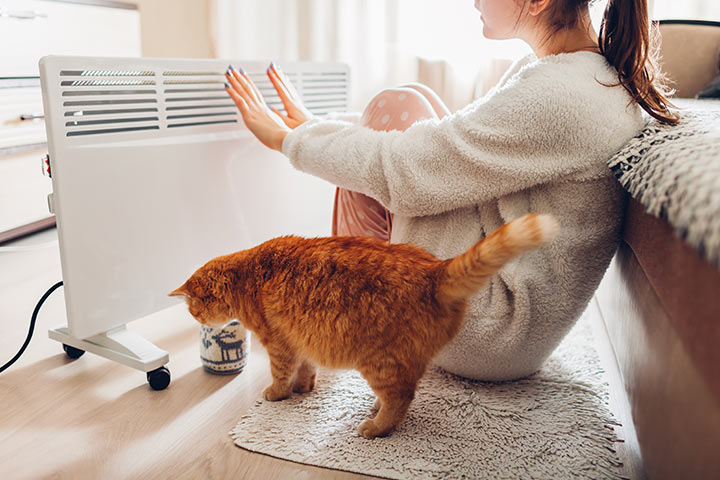Last Updated on March 2, 2021
Hot chocolate, fuzzy socks, fluffy blankets, and cozy nights in bed…Winter is almost over, but the chilliness of it is still there. When you’re spending most of your time at home — what with the harsh weather and the pandemic as well — you want to stay warm and comfy, and that is why duct booster fans and plug-in electric heaters or ceiling heaters exist!
But sometimes, even when you have those, there is always that one cold room in the house. To make the most of wherever type of home heater you’re relying on for warmth in your house, you must make sure that you’re not making any mistakes.
Your home is your sanctuary, so make sure you keep yourself warm with these hacks on how to heat a room in the chilliest winters!
1. Seal drafty windows
Cold air can be quite sneaky and could be the culprit behind any chilly room in your house. How? Well, check your windows and see if any of them is sealed properly.
If you have any drafty windows, you can keep the air out by using a window insulator kit to cover the entire window.
You can replace weatherstrippings, use a draft stopper, reglaze the window panes, wrap it with film, or install interior storm windows to stop the chilly winter air from entering. There are plenty of options to seal every crack or gap in the house and make it cozier than ever.
2. Replace the furnace filter
Did the cold defeat your heater already? So how to heat a room in this cold winter? Take a look at the furnace filter first and see if it needs replacement.
If the filter is worn out, your heater won’t work to its full potential, and even the air quality in your house will be so bad you’d start coughing! Get your heater a clear and clean filter and enjoy not only warmth but also high-quality air circulation.
We advise you to change your furnace filter once a month or so.
3. Clean up the radiator
When was the last time you deep-cleaned the radiator? One month ago? One year ago?! Dust and dirt in between a convector radiator will prevent the heat from emanating and circulating properly in the house, explaining why some rooms are colder than others.










